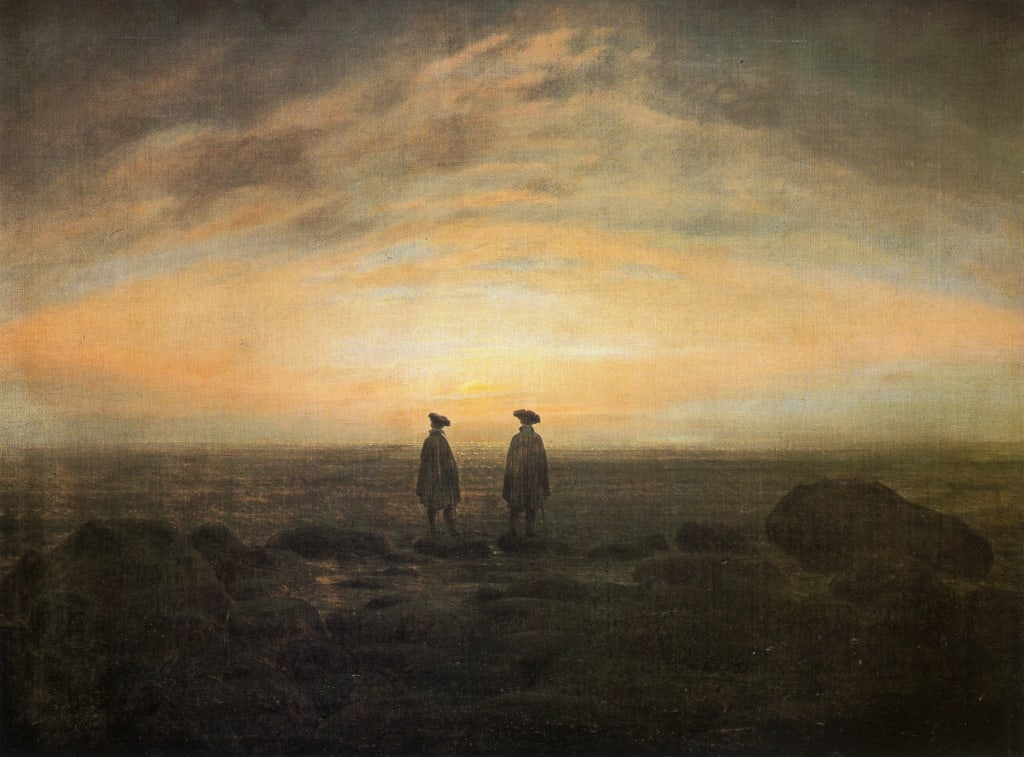1816: The Year Without a Summer
A volcanic winter caused a worldwide crisis

There are many residents of the UK that would argue every year is one without a summer, but this is actually referring to the year of 1816, which recorded the coldest European temperatures in over 200 years.
Located in modern day Indonesia (back then called the Dutch East Indies), Mount Tambora’s eruption in 1815 was the largest for over a millennia, with its affects likely exacerbated by the earlier eruption of Mayon in the Philippines in 1814. The eruption was so massive that it killed some 90,000 people and sent huge columns of ash in to the atmosphere, which reflected enough solar radiation from the planet’s surface to lower global temperatures, disrupt weather patterns, and ruin harvests.
The immediate winter following the eruption saw very little impact, but the following spring and summer of 1816 (and for years after in some parts of the world) were seriously affected.
Europe
After over a decade of constant warfare during the Napoleonic Wars, just two months before the decisive Battle of Waterloo, Tambora’s eruption came at the worst possible time for Europeans.
Resources had already been exhausted supplying troops and horses, and the following year, as a continent looked to rebuild and relax, the low temperatures and heavier rains caused harvests to fail and led the most impoverished begging to get by. Rainfall was 80% higher than normal in 1816, with more snow falling in Switzerland, France, Germany, and Poland than usual as well.
Food shortages led to an increase in food prices and, with the population unable to understand the reason, this inevitably led to protest, riot and considerable violence. The famine of 1816 was the worst to hit 19th century Europe.
Elsewhere, in Switzerland an ice dam formed during the cold summers of 1816 and 1817 (it’s later collapse killing dozens), Hungary and Italy experienced brown and red snow respectively (due to lingering ash in the atmosphere), and a typhus epidemic swept through the continent, with the colder temperatures and lack of food precipitating some 65,000 deaths in a three year period.
North America and Asia
In the New World, the Eastern coast was hampered with a thick, dry fog for much of 1816, ruining significant portions of the crop. Only a quarter of the corn was good enough to eat in New England, and in higher elevations, entire harvests were wiped out completely. As late as June, snow was recorded to be falling in New York and frost was killing crops in New Jersey, while even further south in Virginia river and lake ice was reported in August.
One anonymous and sombre poet wrote:
The trees were all leafless,
the mountains were brown,
The face of the country was scathed with a frown;
And bleak were the hills,
and the foliage sere
As had never been seen at
that time of year.
We have many more individual records from America during this time than anywhere else, with many writing about their harrowing experiences. One man in June 1816 was said to have frozen to death in Vermont (another meeting the same fate in Maine), and entire sheep herds were lost to the cold in New Hampshire. The winter of 1817 was so cold in New York that rivers and lakes, vital as transport links, were frozen solid.
Meanwhile, in Asia, beyond the direct impact of a gigantic volcanic eruption the locals, China in particular was ravaged with famine. With temperatures dropping and rainfall higher than usual, their monsoon season was disrupted, causing the Yangtze River to flood much of the agricultural land and kill crops, sending the population fleeing for their lives.
The heavier rainfall also caused cholera to spread from Bengal as far as Moscow, ravaging the region. While we can’t be sure of the number of fatalities, it is generally considered to be significant.
Aftermath
The Year Without a Summer (which in the end, was far more than a year) did, however, have some upside in the long run. Various new methods of transportation were devised by German inventor Karl Drais, as failing crops made it difficult to feed horses, some of which were early ancestors of the bicycle.
In America, not knowing specifically why crops were failing, large numbers of people migrated West in New York searching for better soil and conditions.
In the arts, inspired by physical impact on the atmosphere and the societal impact on their country (as seen in the title picture of this article), painters created works that have allowed us to study and understand the eruption, and volcanic winters in general, all these years later. Locked indoors during to the heavy rainfall, Mary Shelley wrote her seminal work Frankenstein, while the poet Lord Byron, who was also on this ruined vacation at Lake Geneva and inspired by the gloom, wrote his poem Darkness, seen in the opening lines:
“I had a dream, which was not all a dream. The bright sun was extinguish’d.”
* * *
Sources
- https://www.bbc.co.uk/programmes/b077j4yv
- https://theconversation.com/did-a-volcanic-eruption-in-indonesia-really-lead-to-the-creation-of-frankenstein-130212
- https://edition.cnn.com/2019/09/17/world/tambora-eruption-year-without-summer-scn/index.html
- https://scied.ucar.edu/learning-zone/how-climate-works/mount-tambora-and-year-without-summer
About the Creator
R P Gibson
British writer of history, humour and occasional other stuff. I'll never use a semi-colon and you can't make me. More here - https://linktr.ee/rpgibson






Comments
There are no comments for this story
Be the first to respond and start the conversation.